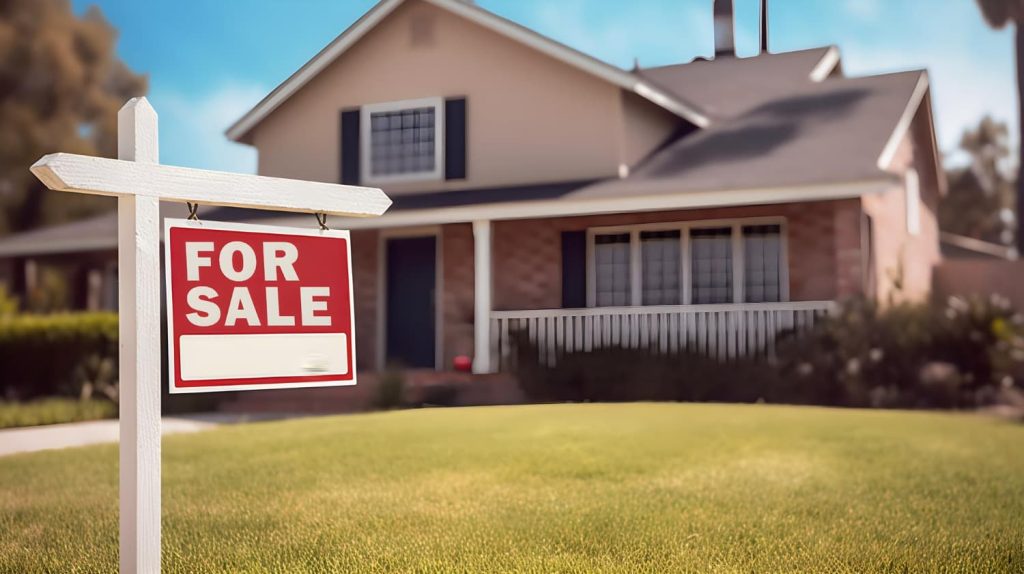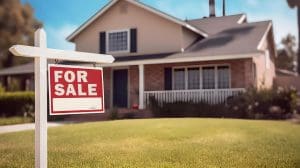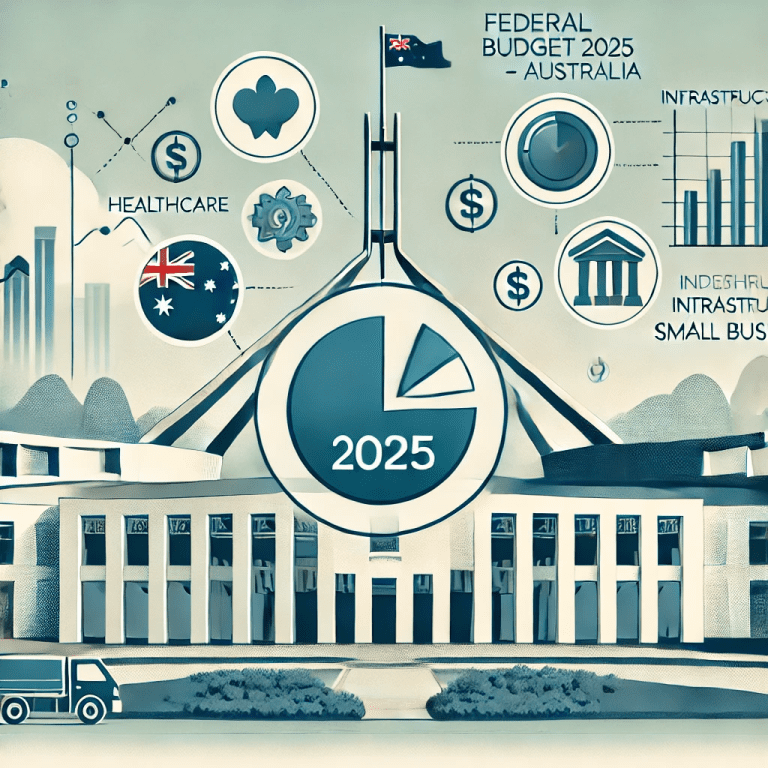
You don’t need a mortgage broker, you need a psychiatrist!
If you bought a property in Sydney over 5 years ago, then you will probably only disagree with what you may read. You will doubtlessly point to the growth of prices as pure vindication of your genius and purchasing strategy. However, if you are just about to buy another property in Sydney with the plan to rent it out, then the words below might just save you your shirt.
What’s happened?
Due to a myriad of reasons, Sydney property has witnessed an inexorable growth over the last 6-7 years. As a mortgage broker, I have seen many clients who could not afford to buy the same house they are now living in, which they purchased 3 or 4 years ago. This is a very worrying trend and is not sustainable. You would naturally assume that all things being equal, a person expects their wages to, at least, keep track with inflation. However, the price of Sydney property has outstripped inflation by so much that many householders are now in the classic sense trapped in the “asset rich and cash poor” bubble. This used to be a choice. It is now a default setting.
In the owner-occupied market, many buyers are simply holding off and playing a waiting game until better quality comes along. This is true for both, first-time buyers and those trading up to a bigger house (“second-time buyers”). One of the biggest shifts in buying behaviour in first-time buyers has been the preference for units and apartments over houses. This is a function of lifestyle, as many more singles now buy before getting married, and the limited availability of housing stock. With a record rate of completions of properties in Sydney, this has allowed people to be pickier about what they will settle for. While this shouldn’t immediately place sudden downward pressure on prices, it certainly seems to be halting the stratospheric growth of the last few years.
So what about investors?
A few days ago, Swiss bank UBS, a country not known for their practical joking, published a report basically arguing that the peak of Sydney’s property has already been reached. CBA’s senior economist John Peters also warned against property price growth bouncing back in the near future.
As an investor in anything, not just property, one of the first rules is to buy low, then sell high. Recently the price growth and sluggish rental growth has meant that as an investment option, Sydney property looks quite bad on paper. In my days in banking, lenders would regularly accept 5% as a credible rental yield. This has now dropped to 2.5%. To put this into real money it means that, on a $1m property, a bank will no longer believe that you will get annual rents of $50,000, but in fact, you will have $25,000 less per year to pay off your debt. This, combined with sharp interest rate rises for investors, has meant that holding a newish investment property portfolio in Sydney is now the preserve of the very wealthy, the very dumb, or sometimes both.
So why are so many people still clamouring to buy an investment property in Sydney, at the peak of the market?
Negative gearing, darling!
I have already written about the injustices of this tax break. It allows people who don’t need the tax break to write off losses, and it isn’t even means-tested. Aside from the fairness argument, the underlying fact remains that a loss is still a loss, and even if you can mitigate a loss through tax, it is still costing you at very least 52c for every $1 you lose. Surely positive gearing sounds a bit better now, doesn’t it?
Historical capital growth
Blindly basing your strategy on recent history and rhetoric is exactly why France was overrun twice by the Germans within only 22 years. Just because Sydney has shown fantastic previous growth, it does not mean this can continue forever.
What happens during boom times, particularly in property, is that emotional investors are attracted to the market with unrealistic expectations or “irrational exuberance”, as Alan Greenspan once called it. This means that people with little savvy buy properties at overpriced values, confident in the knowledge that there will ‘always’ be someone else willing to pay more for the same property in the future. This constant growth model disguises the low returns from rents, relative to mortgage and other costs. So the owners take a loss every year, happily believing that they can always sell the same property at a profit if things ever get too sticky.
However, the risk in this dogma is that, if you can’t sell at a profit, a major reduction in prices could have a catastrophic effect on their wealth and even perhaps a domino effect on housing prices.
But for the savvy investor – where to go to now?
Australia is blessed in that it is not one just big metropolitan property market with a ripple effect across the country, such as New Zealand or Ireland. In fact, Australia could be said to comprise several different property markets and cities with each having notably distinct characteristics. Perth, Adelaide, and Brisbane might as well be different countries when comparing property prices.
This interesting dynamic itself offers a plurality of options and opportunities to invest. Many property investors have already begun diversifying their holding as a means of limiting their risk but also capitalising on the growth in Brisbane, Melbourne, and most recently Perth, for those with stronger constitutions. It’s no longer an option to simply buy a property in Sydney, sit on it, and then buy another one confident that you’ll always make money. The next wave of profits will come to those who can buy quality stock interstate. It might come as a surprise to many reading this article, but there is life outside Sydney!
To talk more about any points in this article, or simply to review your current loans and finance structure, call +61 7 5456 2928 or email [email protected].




